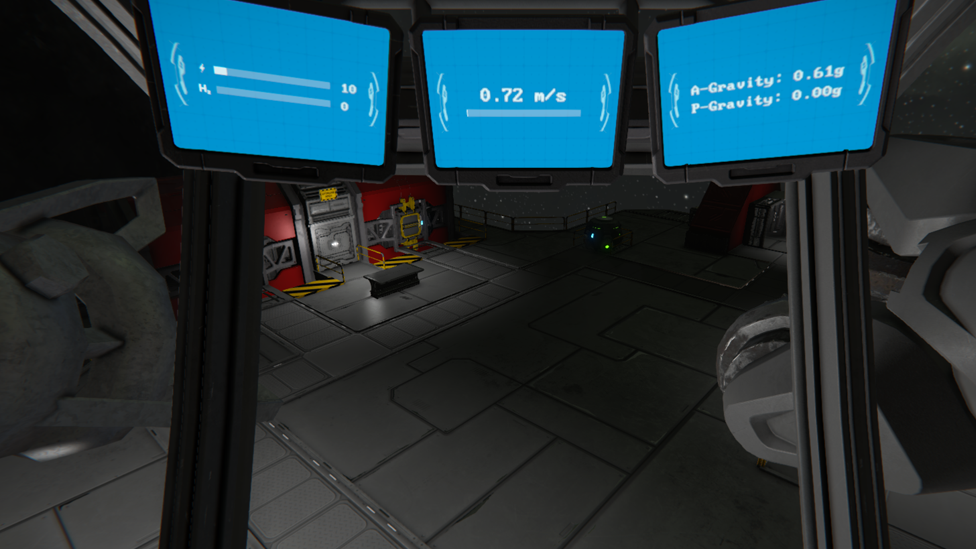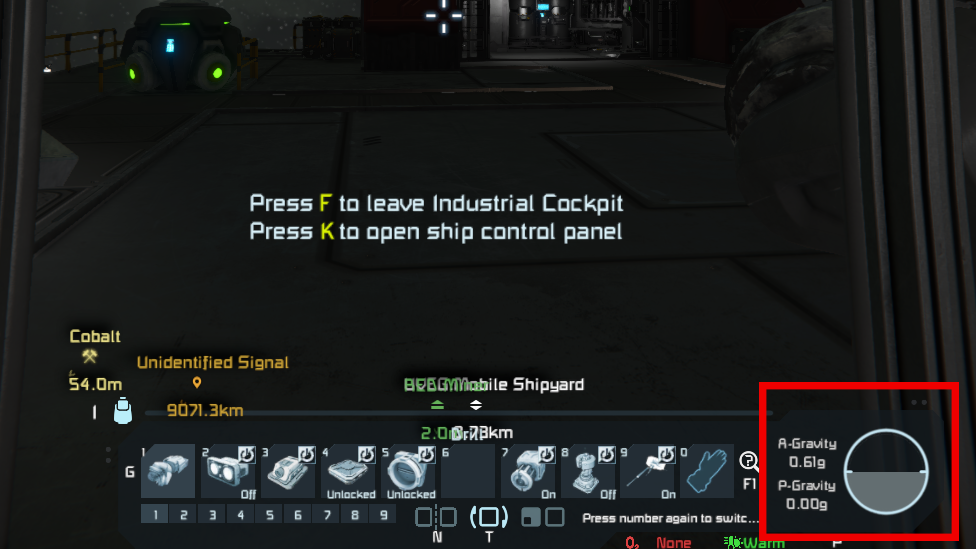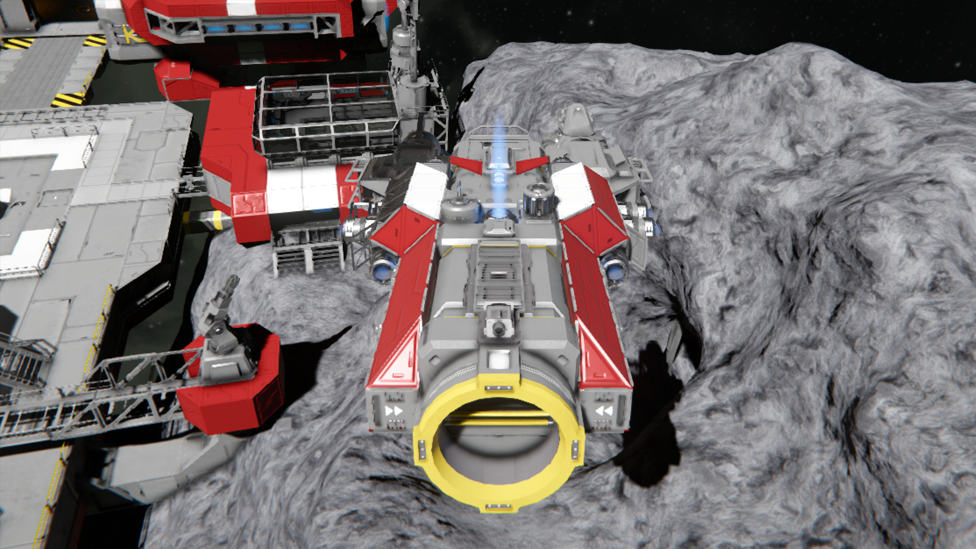Space Engineers: How to Land
The detailed instructions in this thorough guide will walk you through every phase of landing in the game, from approach to ensuring a soft landing or successful docking. But first, check out this awesome Space Engineers hosting!
Approach

Make Your Own Space Engineers Server
Positioning your spacecraft above the intended landing site is the first step in the landiang procedure. Whether you're aiming for a planet's surface or a docking station, make sure you have a clear, level landing spot to prevent running into any impediments. Spend some time thoroughly examining the surroundings and selecting an appropriate location.
Reduce Speed
As soon as you are in place, you should slow down your spaceship to a manageable speed. Start by gently slowing down with the use of your ship's thrusters so that you may regulate the speed of your drop. For the landing process to continue with stability and precision, a controlled slowing down of speed is necessary.Raize the altitude
Use the altitude indicator on your heads-up display (HUD) to monitor your height as you descend. Utilize this data to direct your descent, adjusting the thrust of your rockets pointed downward as needed. Avoid abrupt fluctuations in altitude that could cause your landing to become unstable and instead strive to maintain a gradual, controlled descent.
Landing Gear
Whether your ship has landing gear, you must make sure to extend them before touching down. Upon touchdown, lock your ship in place by engaging the landing gear to provide stability and stop unexpected movement. When landing on uneven or slanted terrain, this step is especially crucial because it aids in maintaining a flat position.Soft Landing
Aiming for a smooth touchdown is crucial for a successful landing. Reduce your descent speed as you near the surface to lessen the energy of impact. Use the thrusters on your ship to offset any leftover downward momentum while gradually slowing down to achieve a soft contact. This meticulous control will guarantee a safe landing and assist prevent damage to your ship.Docking
Additional steps are necessary if your goal is to dock with a station or another ship. Align your spaceship with the destination vessel's connector or docking port. Reduce relative velocity as you approach and carefully manoeuvre your ship to match the orientation and location of the docking ports. A successful docking maneuver requires precise alignment and control.Auto-Landing (Optional)
In Space Engineers, some ships might have an auto-landing feature. If your ship has this feature, you can turn on the auto-landing system to automatically direct your ship to a secure landing or docking. Remember that not all ships have this capability, and it might vary depending on the particular design or mods used.Practice landing can be difficult, especially when using larger ships or in surroundings that differ from Earth. Improving your landing skills requires you to practice in a multitude of scenarios. Try out numerous planetary surfaces, put your talents to the test in various gravity settings, and practice docking with various stations and vessels. You will get more at ease and adept at landing in Space Engineers as you practice.

FAQ
Can I land on any planet or surface in Space Engineers?
You can land on many planets and surfaces in the game Space Engineers. The game presents various planet types, each characterized by unique gravity, atmospheric, and topographic attributes. Landing options include asteroids, planets that resemble Earth, and extraterrestrial planets.
Every planet offers different difficulties and chances for exploration and development. Recognizing the specific characteristics of the planet you plan to land on and adjusting your landing strategy accordingly is paramount.
What should I do if I encounter obstacles during the landing process?
It's important to evaluate the situation and modify your approach if you run into impediments during landing. Look for a different landing spot that is unobstructed if at all possible. If there is no clear space, you might have to carefully fly over or around the obstacles to locate a safe landing point.
To avoid collisions or ship damage, move your ship precisely using the thrusters on board. Before initiating descent, it is recommended to survey the landing site to ensure a safe and unobstructed landing.
Can I use landing gear to land on uneven or sloped terrain?
Landing gear can absolutely be helpful, especially when landing on rough or sloping terrain. You may make sure that your ship lands level even on surfaces with different inclines by extending the landing gear. Your ship is less likely to topple over or slide across the ground thanks to the landing gear's steadiness and ability to stop undesired movement.
This is particularly crucial when docking larger ships or navigating difficult terrain. Never forget to engage the landing gear before touching down and to keep an eye on the ship's stability as you do so.
What if I experience a hard landing or collision during the landing process?
It's crucial to evaluate the damage to your ship and perform any required repairs in the event of a hard landing or accident during the landing procedure. You may rebuild parts of your ship or fix broken ones with the powerful construction and repair system in Space Engineers.
Use your ship's inbuilt repair equipment or send out a construction or welding ship to make repairs. If there has been significant damage, you might want to think about going back to a base or a repair facility to make larger fixes. It is possible to reduce the chance of collisions or hard landings by learning from your experiences and using measures in the future.
Final Thoughts
You will be able to dock your spacecraft with accuracy and confidence if you follow these instructions and set aside time to practice your landing skills. To accomplish a successful and smooth landing, keep in mind to move slowly, maintain control of your spacecraft, and make modifications as needed. You may unlock additional options for exploration and gameplay in Space Engineers by mastering the art of landing with patience and practice.Make Your Own Space Engineers Server
Copyright 2019-2025 © ScalaCube - All Rights Reserved.